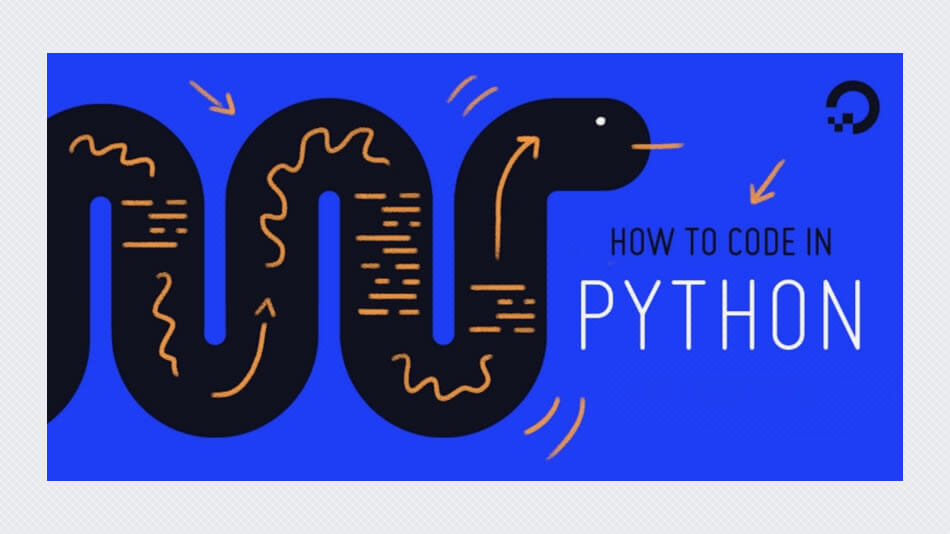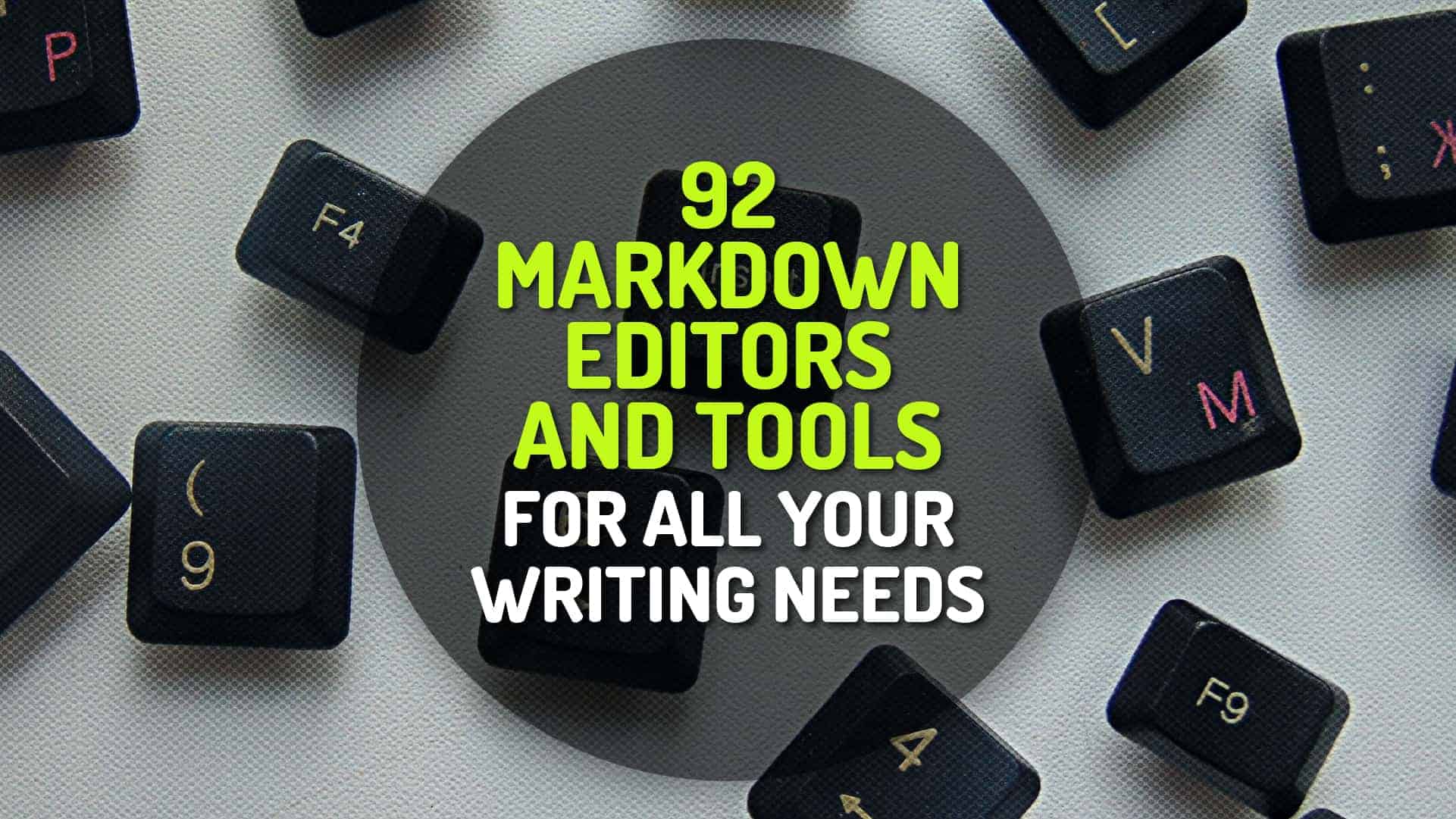This book is designed to be used in a way that makes sense for you. While it is arranged to ramp up an emerging developer, do not be constrained by the order: feel free to move throughout the book to suit your needs. Once you are familiar with the concepts, you can continue to use the book as a source of reference.
If you use the book in the order it is laid out, you’ll begin your exploration in Python by understanding the key differences between Python 3 and the previous versions of the language. From there, you’ll set up a programming environment for your relevant local or server-based system, and begin by learning general Python code structure, syntax, and data types. Along the way, you’ll gain a solid grounding in computational logic within Python, a set of skills relevant even when moving to other programming languages in the future.
While the beginning of the book focuses on scripting in Python, object-oriented coding concepts are gradually introduced to help make your code more modular, flexible, and complex without repetition. By the end of the book, you’ll learn how to debug your Python code and finally how to port Python code across versions.
When you are done with the book, you can take a look at project-based tutorials to put your knowledge into play while creating projects that can help you solve problems. While you are working on these projects, you can continue to refer to the chapters in this book as reference material.





